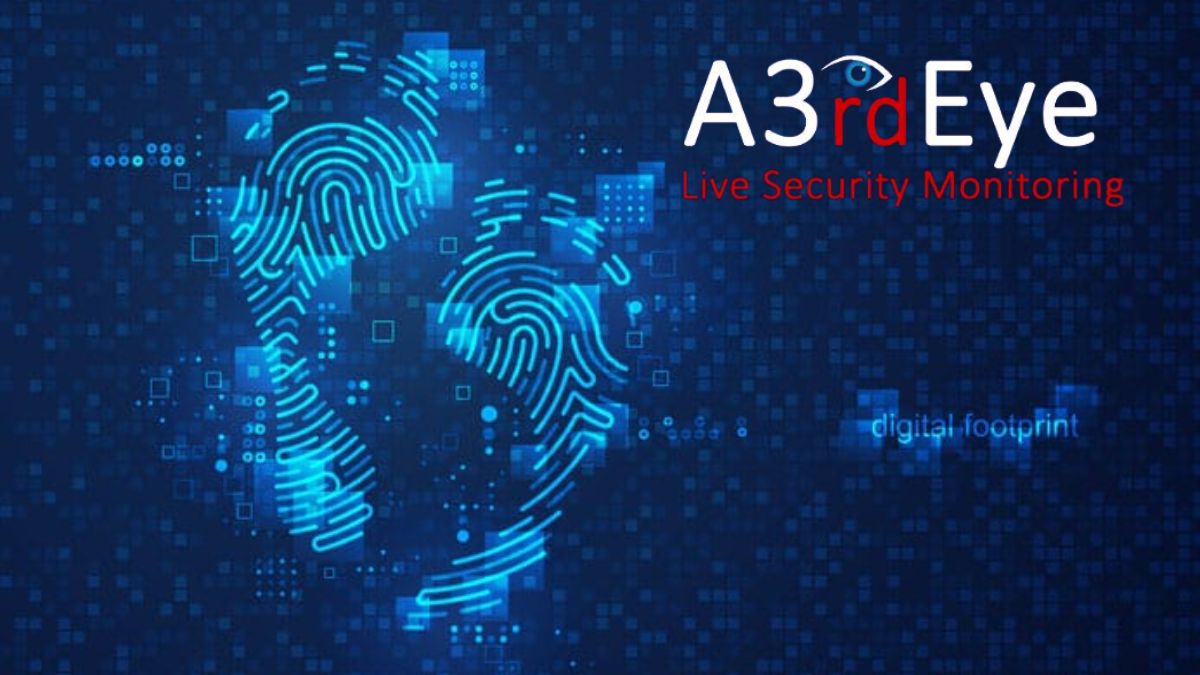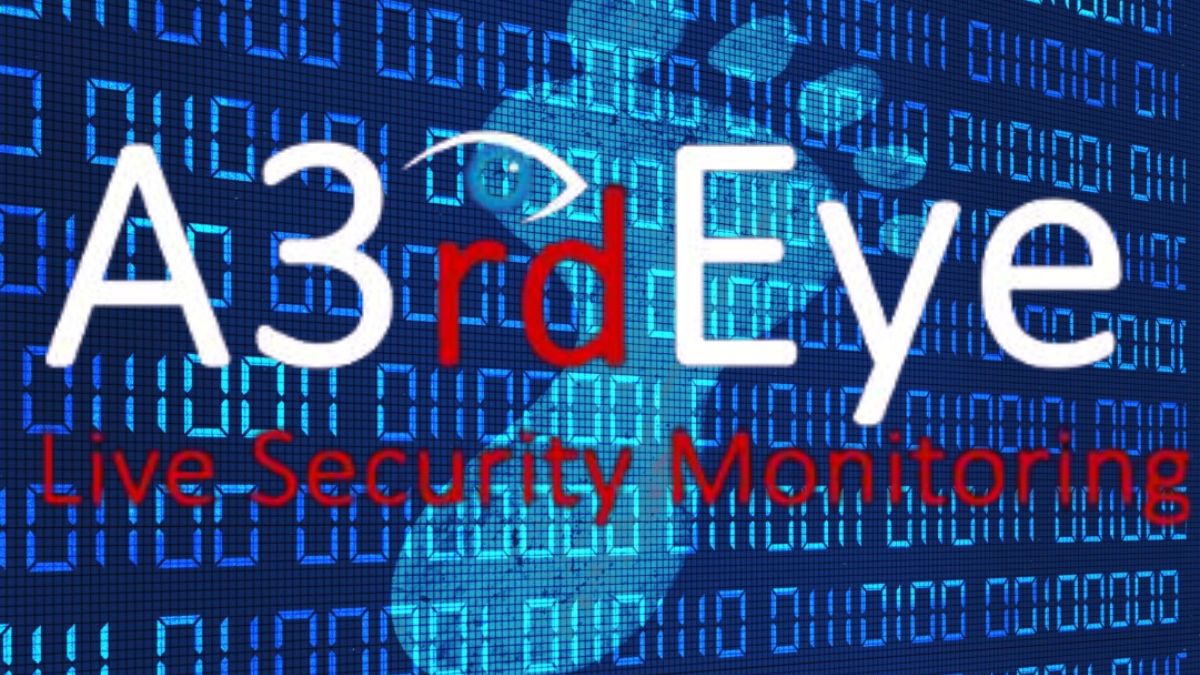
Securing Our Legacy: Digital Footprint Guide
Securing Our Legacy: Digital Footprint Guide Our lives have become increasingly entangled with technology in our modern day. Over the course of our lives, we generate and amass a tremendous trove of digital assets, including images, movies, papers, and even financial data. But as we go through the digital world, it’s important to think about how to preserve our identities and our work for the future. Insightful advice and doable suggestions for preserving your digital assets for future generations are provided in this article.
Understanding the Importance of Securing Our Legacy
It is becoming increasingly important to appreciate the value of safeguarding our digital history as we increasingly rely on digital platforms for communication, entertainment, and storage. Our digital possessions are not only valuable to us personally, but also to our loved ones because of the information they carry. These assets are at risk of being stolen, destroyed, or rendered inaccessible without the right precautions being taken.
Steps to Protect Your Digital Assets
Making Your Own Secure and Distinct Passwords
Using complex and different passwords for each of your online accounts is a crucial first step in keeping your data safe. Don’t use obvious passwords or the same password for different accounts. Use a mix of capital and lowercase letters, numbers, and symbols instead. If you need a safe place to store and generate complicated passwords, a password manager may be the answer.
Enabling Two-Factor Authentication (2FA)
Your online accounts are even more protected with Two-Factor Authentication (2FA). By activating two-factor authentication (2FA), you add an extra layer of verification to your identity proofing, typically in the form of a text message, email, or authentication app. Even if someone knows your password, they still won’t be able to access your accounts in this way.
Enabling Two-Factor Authentication (2FA)
Maintaining security requires consistently updating your software and apps. Security patches are frequently released as part of software updates to close security loopholes and counteract new dangers. Make sure you always have the most up-to-date security by setting up automatic updates or checking for them on a regular basis.
Backing Up Data
Data backups should be performed often to protect against loss due to hardware failure, deletion, or hacking attempts. You should back up your data often, especially if it’s sensitive or time-sensitive. For safety, make duplicate copies and store them in separate places.
Safeguarding Social Media Profiles
You may regulate who can see your social media posts, images, and profile by adjusting the privacy settings. Make sure that only authorized users can see your material by reviewing and adjusting your privacy settings. Adjust your privacy settings so that you can control how much of your life the public may see.
Digital Footprint Management
Controlling the information that can be found about you online is an important part of managing your digital footprint. Always keep an eye on what comes up when others search your name online, and if necessary, tweak your privacy settings on any sites that are publicly accessible. It’s also a good idea to do a frequent Google search for yourself to gauge your online reputation.
Ensuring Access to Digital Assets after Death
Digital Estate Planning
If you want to ensure the security of your digital belongings and accounts after your death, you need to create a digital estate plan. Make sure to include all of your social media, email, banking, and subscription services on this master list. Please specify your wishes about the closing, transfer, and/or memorialization of each account.
Password Managers and Trusted Contacts
Password managers are useful for keeping track of and safely disseminating passwords to authorized users. Pick a trusted password manager that lets you name people you trust to have access to your accounts in the event of your death or incapacitation.
Preserving Digital Memories
Backing Up Photos and Videos
We want to keep our digital images and movies because they contain precious memories. Make sure you regularly backup your media files to avoid losing anything if your device fails or you delete something by accident. If you’re looking for a safe and secure place to keep your most treasured memories, consider cloud storage solutions.
Organizing and Tagging Files
If your digital files aren’t well-organized and tagged, it may be difficult to find precise information when you need it. To better organize your files, make folders and give them meaningful titles. You may also want to add tags or keywords to your digital library’s content to make it more easily searchable.
Exploring Cloud Storage Options
When it comes to backing up your data, cloud services are flexible and easy to use. Off-site storage, regular backups, and device synchronization are all features they offer. Find a reliable cloud storage service that can accommodate your data and provides the level of security and convenience you require.
Educating Loved Ones about Digital Legacy
It’s important to teach your loved ones about digital legacy and how to access your digital assets so that they can carry on your legacy after you’re gone. Spread the word about where sensitive data is stored, what your passwords are, and how to access your various internet accounts. The smoother the transfer of your digital legacy, the more important it is to have these dialogues with your loved ones.
The Future of Digital Legacy
The future of digital heritage is promising because of the rapid development of technology. To manage digital assets and guarantee their legitimacy, for example, blockchain technology provides decentralized and secure methods. You can better react to changing circumstances and secure your digital legacy if you familiarize yourself with cutting-edge technologies and keep up with developments in the field of digital legacies.
Conclusion
In today’s technologically advanced culture, protecting our digital history is of paramount importance. If you follow the advice in this article, you can safeguard your digital possessions and leave a lasting digital imprint for years to come. Key actions toward guaranteeing a long-lasting and significant digital legacy include protecting accounts, storing up data, and teaching loved ones about the topic.
Do I retain control of my digital assets or may I sell them?
The immediate transfer of ownership of digital assets is usually not possible. However, by making a digital estate plan and selecting trusted contacts, you can ensure that your digital assets are accessed and managed in the event of your demise.
When I die, what will happen to my social media profiles?
Policies surrounding people who have passed away vary among social media sites. Accounts can be memorialized on some services, while deletion is a possibility on others. Before finalizing your digital estate plan, make sure you’ve read and understood the policies of each platform you intend to use.
Does digital estate planning require the services of an attorney?
While it’s not required, it can be extremely helpful to speak with a lawyer that focuses on digital estate planning so that your digital assets are handled in accordance with your wishes. They can assist you in understanding the law and addressing your own needs.
How can I make sure that my digital images will last forever?
Back up your digital images on a regular basis to secure storage, like the cloud or an external hard drive. Label your files so you can find what you need quickly, and think about printing hard copies for safety.
How might blockchain help ensure the safety of digital heirlooms?
Digital asset management and verification may now be done in a decentralized and unchangeable manner thanks to blockchain technology. It has the potential to improve security and trust in digital legacy preservation, authenticity verification, and ownership transfer procedures. It is still in a developing stage of acceptance and integration with existing systems.

Securing Our Legacy Digital Footprint Guide

